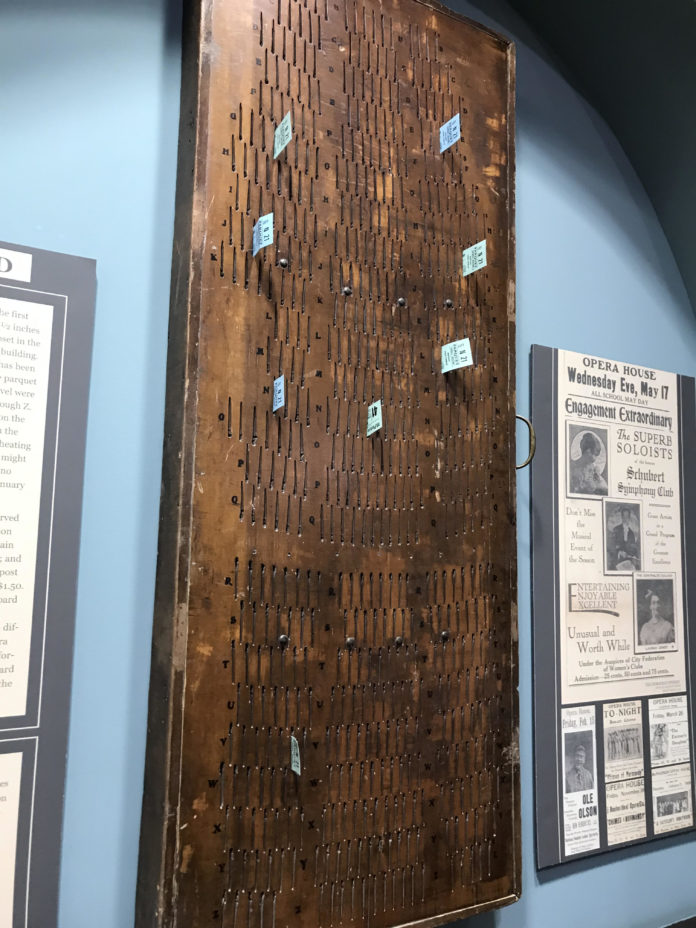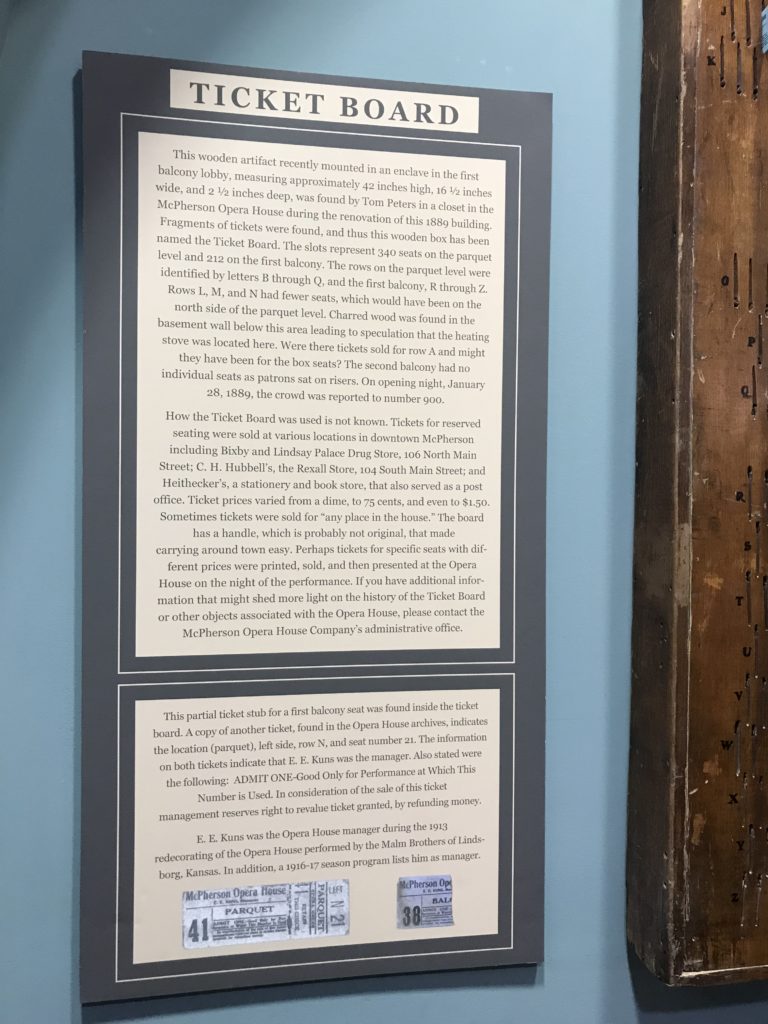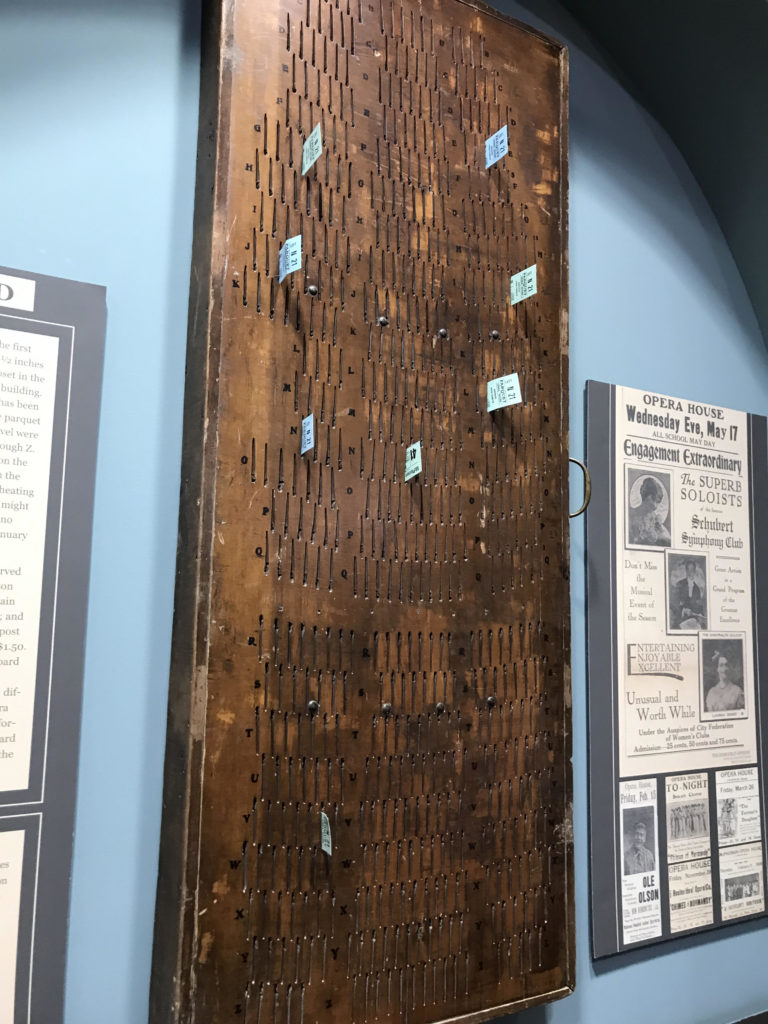By Susanne Cunningham
In the 1730s, there were no prepaid tickets and all tickets need to be bought at the door. This caused issues of no guaranteed seatings. Due to this issue, theater managers started to create a ticket called a “check” that was pre-paid. This allowed people to reserve seats as well as the management to keep track of how much money they made a night. Before paper tickets, they sold tickets in metal with engravings. These tickets were kept in a case of numbers to represent the seats. These tickets had one side the name of the theater and the name of the subscriber, and on the other side, the evenings subscribed and seat number (see picture 1). Assuming that the hole on top was for a hook, it can be guessed that they sat in a box similar to this recreation (see picture 2 2). Paper tickets were introduced in the late 1800s and with changing software comes changing hardware. The keys were replaced by paper tickets and the reserving system changed as well.
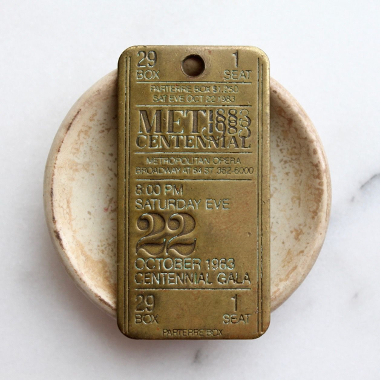
Picture 1 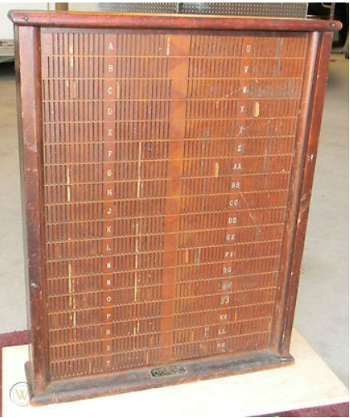
Picture 2 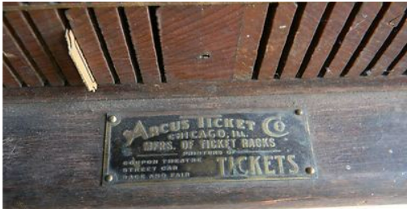
Picture 3 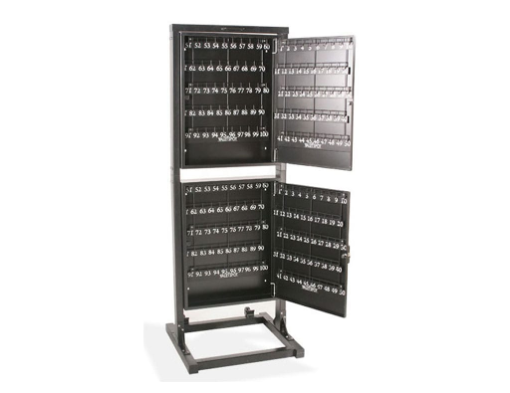
Picture 4
The Arcus Ticket Company was one of the leading manufacturers of paper tickets and they stayed in business from the early 1800s to 1941 where they either went out of business or lost popularity due to a case trial. This ticket company made a box very similar to the one at The Opera House (see pictures 3 and 4) and it is assumed that this company had ties to the original purpose of the box. However, there is very scarce information on the internet about this company but I was able to find a few newspaper clippings of the company (Special Printed Roll Tickets; Ticket Box; Ticket Dispenser). So, assuming the past of ticketings and the tie to the company, it is a decent inference to what this box was used for. Now, I would like to discuss the name on the ticket. E.E Kuns – Opera House Manager. Otherwise known as Ernest Edwin Kuns.
Now when looking around the internet with nothing but the last name, town, and initials, I was able to find this man after an hour of digging. At first, I found a PDF of Supplement Advertising and got three names. D.F Kuns, Noah Kuns, and E.E. Kuns. All three worked at the same place, Farmers and Merchant Bank as president, vice president, and cashier respectively, so it can be assumed they were all family. I searched the only full name I could find, Noah’s, and I found an obituary of Noah Kuns (1862-1938). Looking at relatives I found a name that matched the D.F initials, Daniel Franklin Kuns (1870-1960). Daniel and Noah were apparently brothers. Under that, was two names that matched the E.E Initials. Ella Elmyra (Cass) Kuns, Noah’s spouse, and Ernest Edwin Kuns, Noah’s son. Women were not in positions of power often in the early 1900s, so it seems that Ernest Edwin Kuns is our candidate for the manager of McPherson Operahouse.
Similar looking Ticket Boxes:
https://www.liveauctioneers.com/item/60245525_1920-s-arcus-ticket-rack
https://www.worthpoint.com/worthopedia/box-office-theater-ticket-rack-1846781119
https://www.worthpoint.com/worthopedia/1920s-arcus-ticket-rack-wooden-402672139
https://www.oldvictheatre.com/news/2018/01/a-brief-history-of-ticketing



